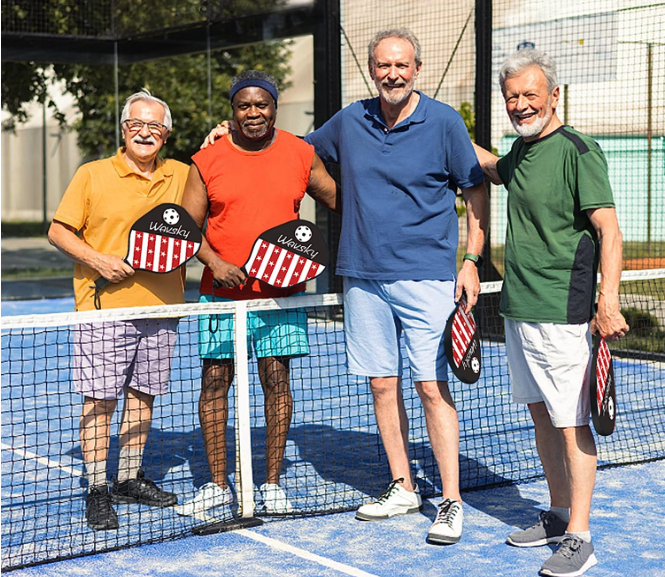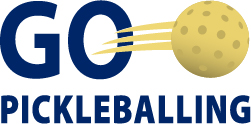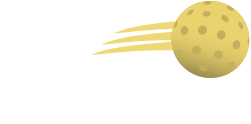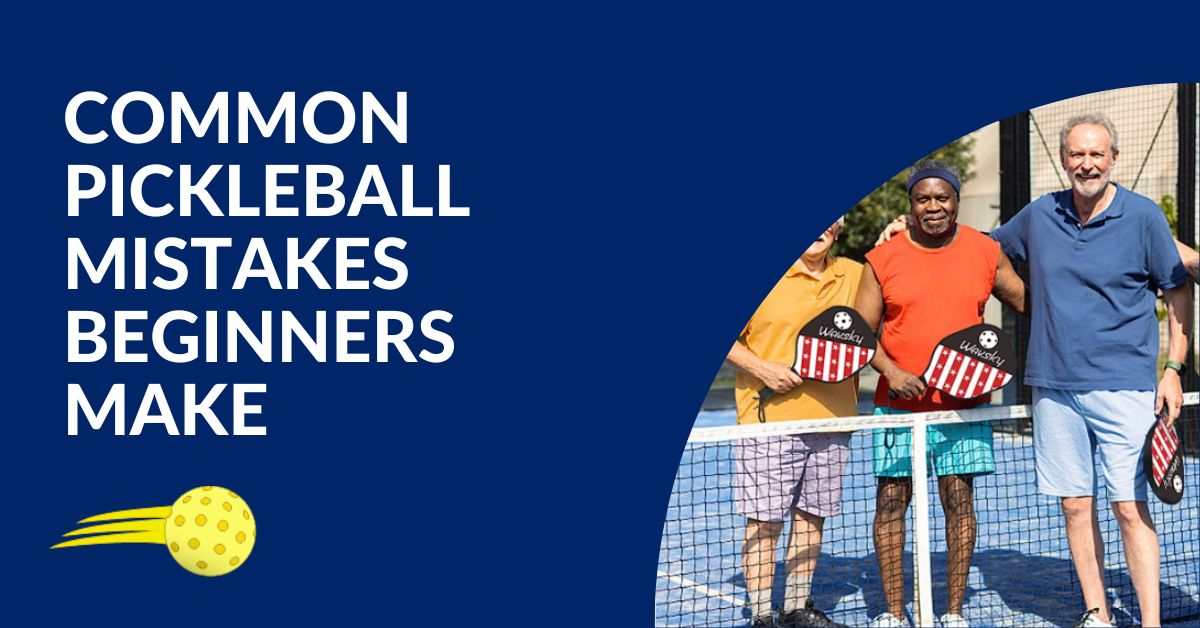As a beginner in pickleball, it’s natural to make mistakes and face challenges while learning the game. While there are many well-meaning people offering advice, not all of it is beneficial. In this blog post, we will address some of the most common pickleball mistakes that beginners make, which often go unnoticed on the courts. These mistakes not only affect beginners but can also hinder players’ progress as they move up in skill levels. We will discuss each mistake in detail and provide practical solutions to help you improve your game.
Shop Pickleball Gear6 Pickleball Mistakes:
- Bad Grip: Mastering the Correct Grip
- Poor Footwork: Utilizing the Split Step
- Controlling Ball Height: Developing Control over Ball Speed
- Trying to Do Too Much Too Soon: Focusing on Serve, Return, and Third Shot
- Attacking Unattackable Shots: Understanding Shot Selection
- Staying at the Baseline: Embracing the Net Game
Bad Grip:
Mastering the Correct Grip A common mistake beginners make is using a grip that is too much in the palm of their hand. This grip leads to a lack of control over the paddle and can result in poor shot execution.
To fix this, it is recommended to use a continental grip. The continental grip involves positioning the hand more towards the fingers, allowing for better control and maneuverability. When gripping the paddle, ensure that it rests in the V-shaped area between your thumb and index finger. This grip provides stability and flexibility, enabling you to make precise shots with ease.
Learn the Best way to Grip a Pickleball Paddle
Poor Footwork:
Utilizing the Split Step Effective footwork is essential for successful pickleball play. One common issue beginners face is inadequate footwork, which affects their movement and reaction time on the court. The split step is a crucial footwork technique that helps address this problem. When your opponent is about to hit the ball, perform a split step by momentarily stopping and splitting your feet. This action positions you on the balls of your feet, ready to move swiftly in any direction. The split step improves your agility, balance, and responsiveness, enabling you to reach shots more efficiently and maintain better court coverage.

Controlling Ball Height:
Developing Control over Ball Speed Controlling the height of your shots is vital for maintaining consistency and adapting to different situations during a pickleball game. Beginners often struggle with controlling ball height due to an inability to manage the speed of the ball. A longer stroke generates more power and speed, resulting in higher shots.
To gain better control over shot height, it is beneficial to practice a drill using a fence. Stand close to the fence and focus on a compact backswing that only goes a little behind your leg. By shortening your stroke, you develop more control over the speed and height of your shots, leading to greater consistency and accuracy.
Learn Pickleball Strategy for Beginners
Trying to Do Too Much Too Soon:
Focusing on Serve, Return, and Third Shot as a beginner, it is essential to prioritize mastering the fundamental aspects of pickleball before attempting more advanced techniques. Many beginners make the fundamental pickleball mistake of trying to incorporate excessive spin or power into their shots prematurely.
Instead, focus on the core elements of the game, such as the serve, return, and third shot. By dedicating time to develop consistency and accuracy in these foundational skills, you increase your chances of winning points and games. As you gain more experience and confidence, you can gradually introduce more complex shots and strategies into your gameplay.
Attacking Unattackable Shots:
Understanding Shot Selection Shot selection is a critical aspect of pickleball strategy. Beginners often make the mistake of attempting to attack shots that are below the net, which are difficult to execute successfully. Shots with a low apex bounce require specific techniques, such as adding topspin, to lift the ball over the net effectively.
Instead of trying to force an attack on unattackable shots, it is better to wait for shots that bounce above the net’s apex to initiate your attack. These shots are more favorable as they provide a better chance of success and allow you to maintain control over the rally.
Staying at the Baseline:
Embracing the Net Game In doubles pickleball, staying at the baseline limits your ability to apply pressure on your opponents and score points effectively. Playing near the net is advantageous as it reduces your opponents’ reaction time and increases your offensive opportunities. When you position yourself at the net, you close the distance between you and your opponents, forcing them to make more challenging shots. On the other hand, staying back at the baseline gives your opponents ample time to strategize, plan their shots, and exploit your defensive position. Embrace the net game by moving closer to the kitchen line, and take control of the rally by being in a more offensive and advantageous position.
By addressing these common pickleball mistakes and implementing the suggested solutions, beginners can enhance their pickleball skills and improve their overall gameplay. It’s crucial to identify and rectify the common mistakes that hinder your progress. By mastering the correct grip, improving footwork, controlling ball height, focusing on the basics, selecting appropriate shots, and embracing the net game, you can elevate your gameplay and become a more competitive player. Remember to practice regularly, seek guidance from experienced players or coaches, and gradually incorporate these corrections into your playing style. With dedication and persistence, you’ll become a more confident and successful pickleball player.
Check out these Pickleball Tips for Beginners



